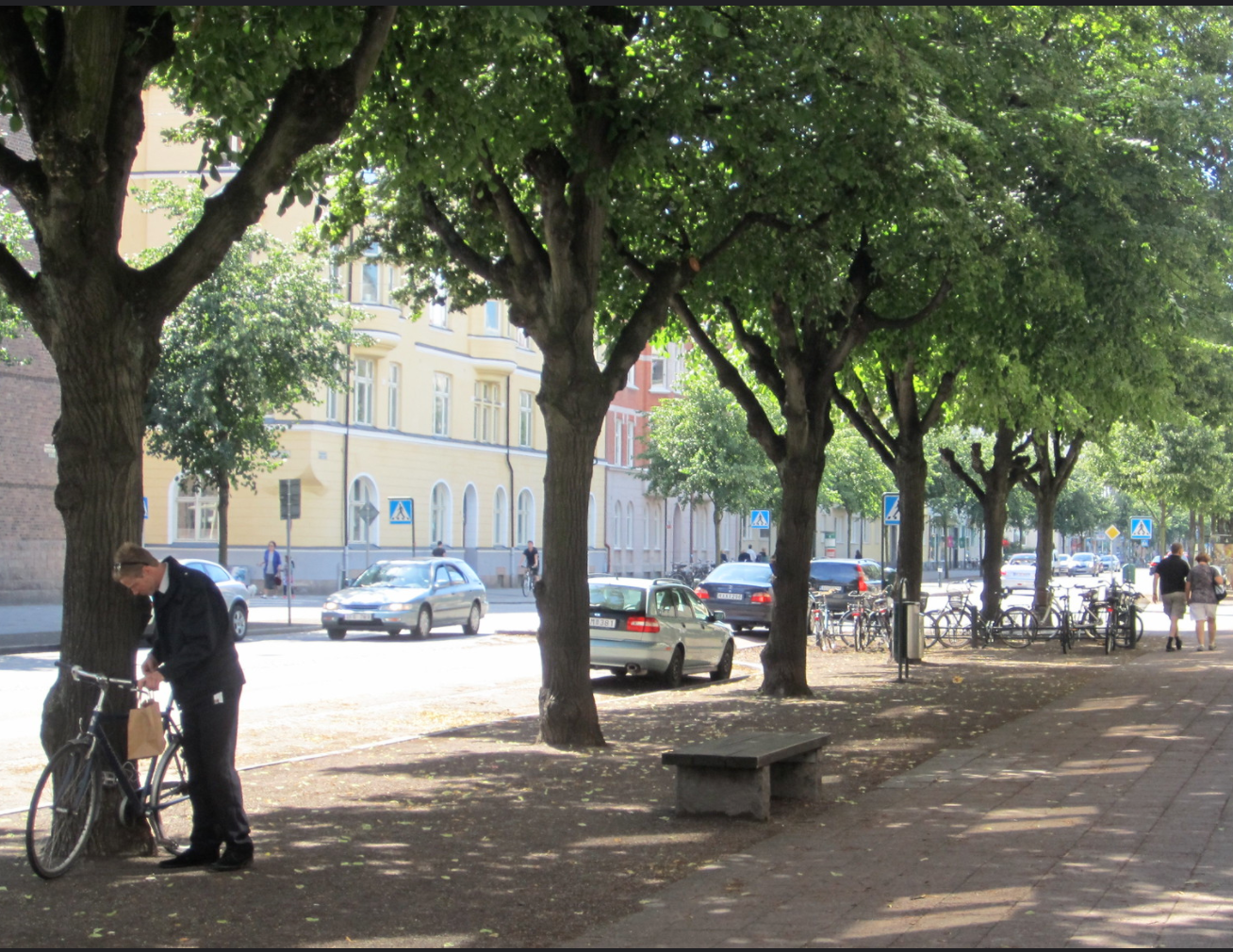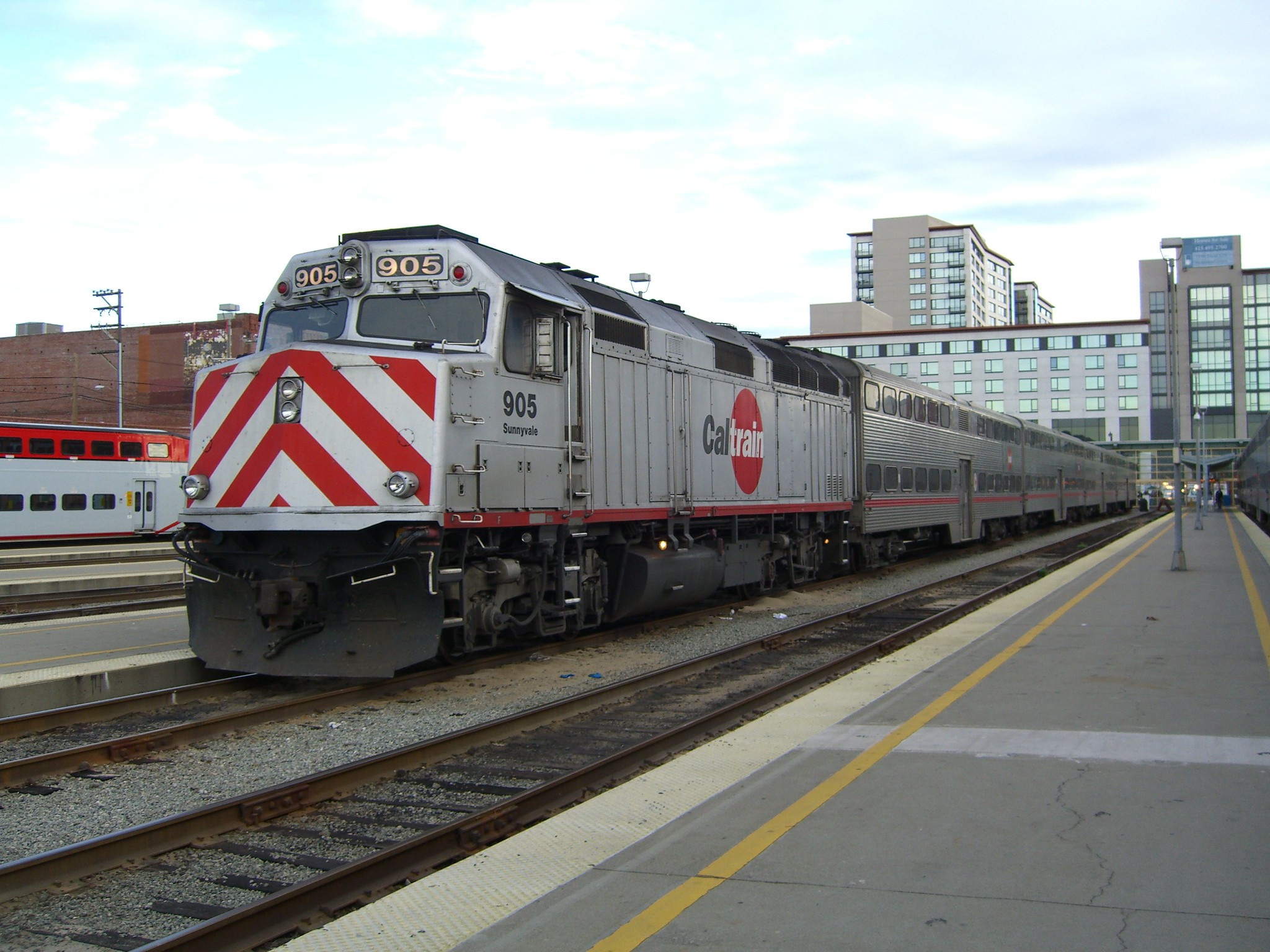Join us at the virtual Shared Mobility Summit on May 5-6 for powerful plenary speakers, hyper-relevant sessions, small-group discussions, a virtual Startup Spotlight, a virtual expo, and a hosted reception. We’ll address how transit and shared mobility can respond and recover from COVID-19 and work for everyone. REGISTER TODAY.
Advocates around the world are calling for city leaders to give walkers more space on our streets for social distancing — but mayors fear that if they make streets too pedestrian-friendly, it will encourage walkers to crowd the streets, spreading the virus more.
It won't — and to understand why, we need to understand why the concept of of "induced demand" simply doesn't apply to the sidewalk.
If you haven't heard the term before, "induced demand" is a very real traffic phenomenon that occurs when cities add lanes to their roadways in an attempt to cure congestion, only to encourage drivers to use the new asphalt, which ends up slowing the flow even more. (An even more elegant way to explain it is with the urbanist aphorism that "curing congestion by adding more lanes is like curing obesity by buying bigger pants," which is usually attributed to the planner Lewis Mumford.)
Toronto Mayor John Tory seemed to subtly reference the phenomenon in a letter earlier this month, when he explained that he was hesitant to explore open streets policies in his cities because it might "inadvertently encourage...higher pedestrian demand and social gathering." (Emphasis ours.) Countless local leaders have made similar arguments in the last few weeks to justify their own reluctance to widen sidewalks and keep walkers safe from COVID-19 transmission, as well as to justify closing some essential pedestrian spaces altogether, like parks.
But induced demand is a phenomenon in the world of auto traffic — and the term is virtually never applied to the pedestrian realm. And the reason why is because expanding sidewalks is fundamentally different than expanding a highway, for two primary reasons:
No time savings for walkers on wider sidewalks
First: the phenomenon of induced demand is primarily about road user speed, rather than road capacity. When a state DOT adds a lane to a highway, they're making a misguided attempt to prevent driver slow-downs — which doesn't work, because as soon as drivers hear about highway whatever's spiffy new upgrade, they rush to try out what they think will be a "faster" route, and clog it up again.
But sidewalks don't exactly work that way, because the human body has a much more limited odometer than a car. No one chooses to walk along Main Street because they heard that foot traffic on Front Street is moving at three miles per hour — because unless you plan on sprinting to your destination, you'll be going at about three miles an hour, too.
"I don’t think anybody’s speed of walking is impeded or improved by creating more open streets," said Joe Cortright, founder of the think tank and urban data analysis website City Observatory. "Most people are going to walk two or three miles an hour regardless. I suppose you could imagine a hyper-congested walkway, like Manhattan, it's possible. But even there, it's just not how people think when they're walking around."
Even if a pedestrian might, say, choose to walk to a certain part of town because she heard there was an awesome, car-free street festival going on, that isn't quite the same as choosing to walk there because she could theoretically go faster than on a crowded road — because pedestrian traffic tends to always move about the same speed, unless you're in the middle of a huge, crowded festival with lots of folks just standing around.
And lest you think that a sidewalk expansion itself would invite an irresponsible insta-festival, that's pretty darn unlikely in the age of COVID-19 — or, frankly, any time that a street festival isn't being concentrated into a limited space, and actively advertised for months in advance.
As Streetsblog has explored before, most advocates aren't arguing for bottlenecked, block-party-style street closures and sidewalk widenings during the pandemic; they're advocating for whole networks of car-free (or car-limited) streets, which are designed to spread people out and keep them moving, rather than forcing them into close quarters where they can get each other sick.
A lane widening is not the same as a network expansion
And that brings us to the other reason why "induced demand" arguments don't apply to sidewalks: because in some cities, these expanded sidewalk networks wouldn't just represent the expansion of pedestrian space. They'd amount to the creation of pedestrian space where there was none before — because many American streets don't have sidewalks at all, or they have sidewalks that are so inadequate that they're functionally impossible to use.
This kind of network extension is a fundamentally different thing than simply adding a lane to an existing road, advocates argue. Adding a brand new sidewalk by taking over the driving lane — or expanding a paltry sidewalk that was functionally unusable — might be more analogous to adding a whole new public transit line than adding a new highway lane, because it will bring out users who would not otherwise have used a system that couldn't get them to their desired destinations.
"When you widen a highway, drivers are not going to drive to new places," said transit researcher and author of the Pedestrian Observations blog Alon Levy. "When you add a new transit line, of course transit users are going to go places they wouldn't have been able to get to before. But that doesn't mean they'll necessarily crowd the train cars."
We have everything to gain from opening more of our streets to social-distancing pedestrians right now, and very few persuasive arguments that we have much at all to lose. And once the COVID-19 pandemic subsides, those pedestrians improvements might encourage —though not outright induce — a very good thing: more citizens opting for walking and biking instead of driving in dangerous and polluting cars, engaging more deeply with the businesses in their neighborhood, and connecting more meaningfully with their fellow residents.
"With bike lanes, it’s not a bad thing if you build a bike lane and more people bike," said Levy. "If you build a sidewalk, it's not a bad thing if you build it and more people walk. Those represent fewer car trips. That's a good thing, in the end."





